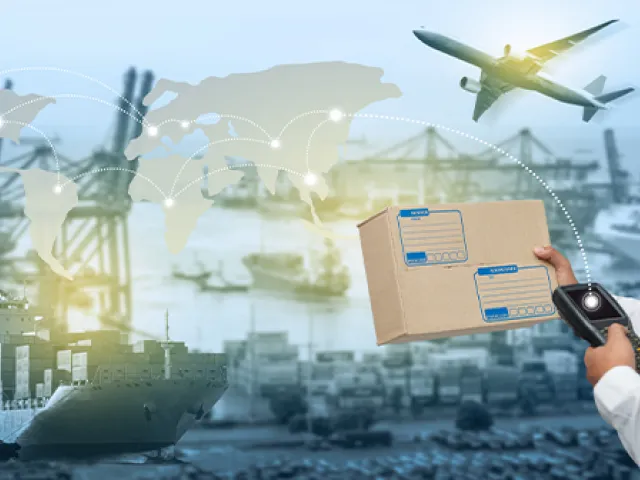Table of contents

For CMOs and CDMOs, measuring the success of supply chain digitalization begins with looking at service levels to customers before and after the implementation. The next step is to see if internal efficiency metrics, such as schedule adherence, have improved, according to Arun Giddu, Director of Supply Chain at Thermo Fisher Scientific.
In Part 2 this Orchestrating Outcomes interview, Giddu joins host Sarang Deshpande, Business Manager for External Manufacturing Orchestration at TraceLink, to offer a step-by-step guide to measuring the success of a supply chain digitalization initiative. He also emphasizes the critical role customer centricity plays in the effort to ensure long-term ROI.
Key topics:
- The importance of ERP as a system of execution and not just a system of record.
- Defining success in digitalization through metrics: customer service levels, internal efficiency, and back order reduction.
- How electronic integration reduces lead times and errors in order processing, benefiting both CMOs and customers.
- Key performance indicators (KPIs) to track for successful digital transformation in external manufacturing.
Watch now to learn how to gauge the success of your supply chain digitalization initiative. And if you missed it, be sure to watch Part 1 of our interview with Arun Giddu for more insights on how to lay the foundation for successful supply chain digitalization, and why it's important to aim for "lights-out manufacturing."
Video Highlights:
- 00:10 - What’s your take on concerns about oversharing information?
- 03:52- How do you view delays in supply chain digitalization due to ERP projects?
- 09:49 - How do you define the success of a supply chain digitalization initiative?
- 13:41 - What are the top KPI improvements CMOs can achieve through digitalization?









